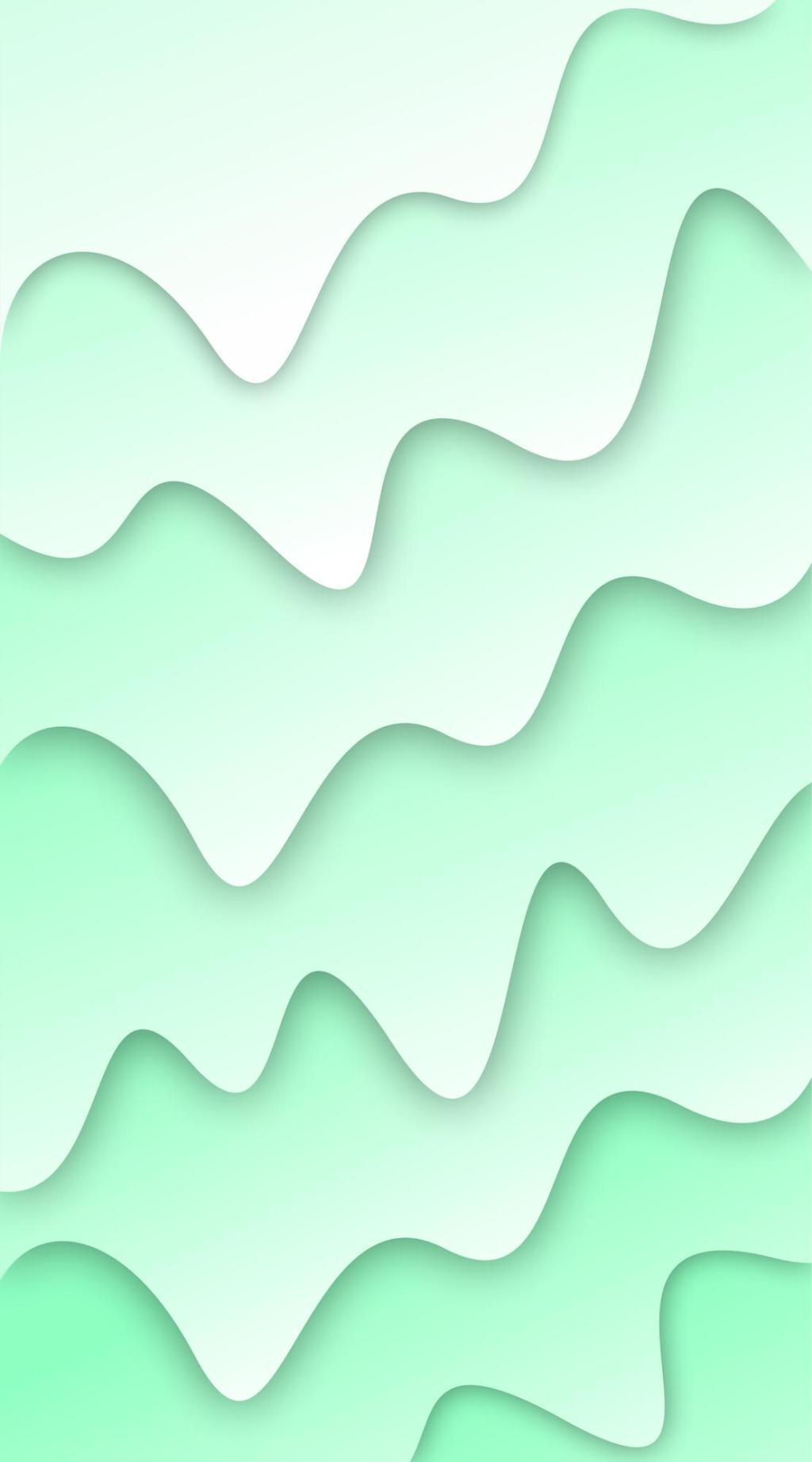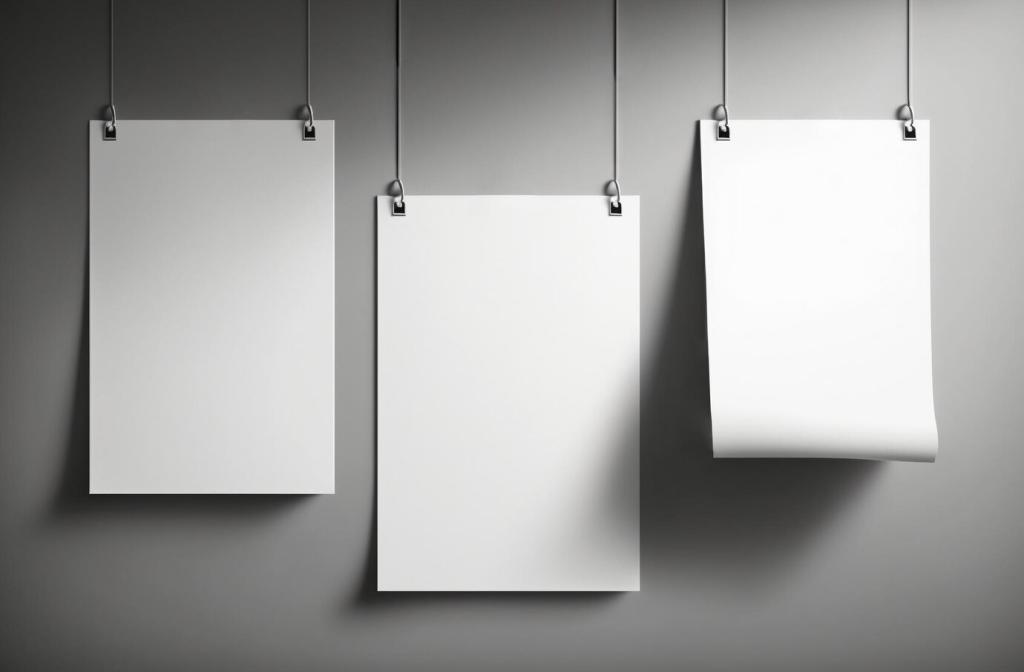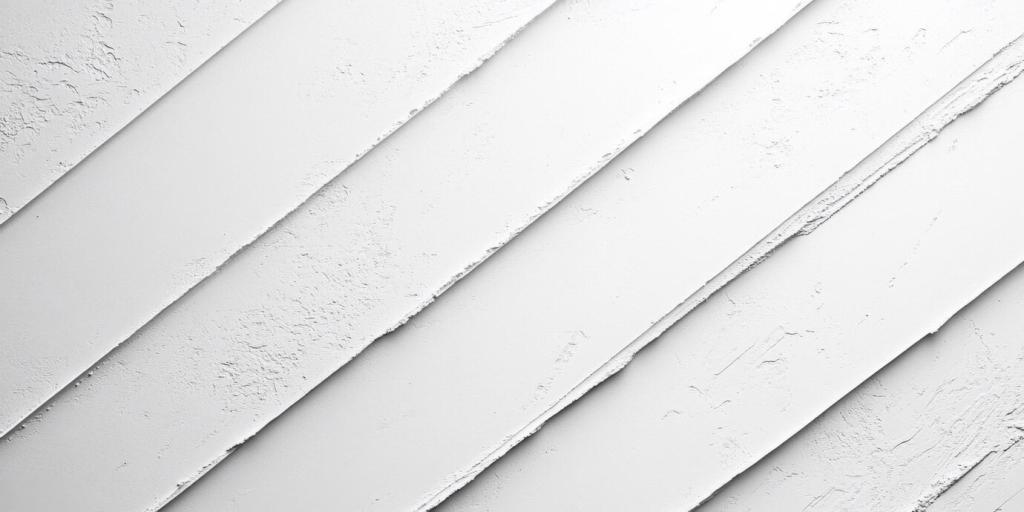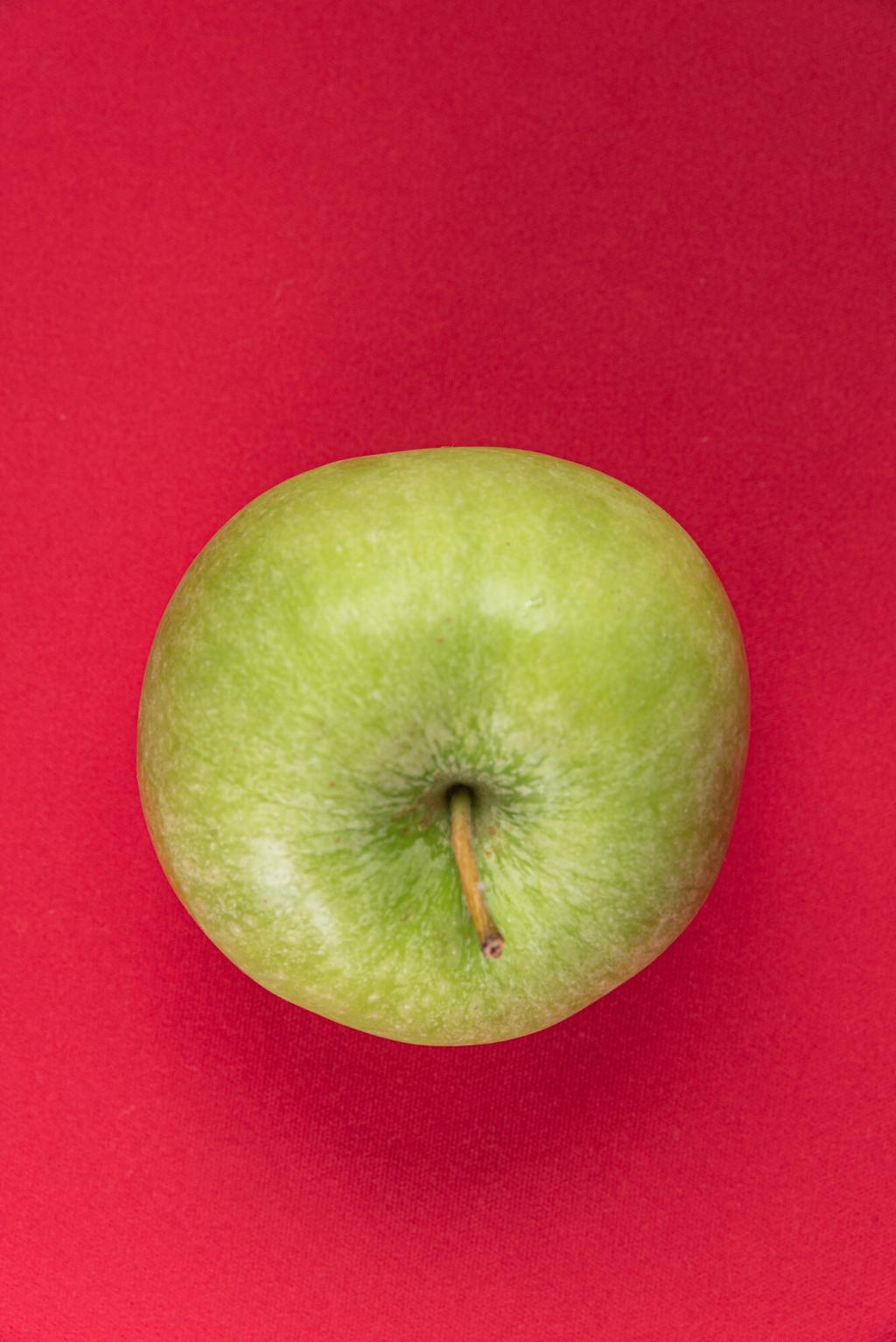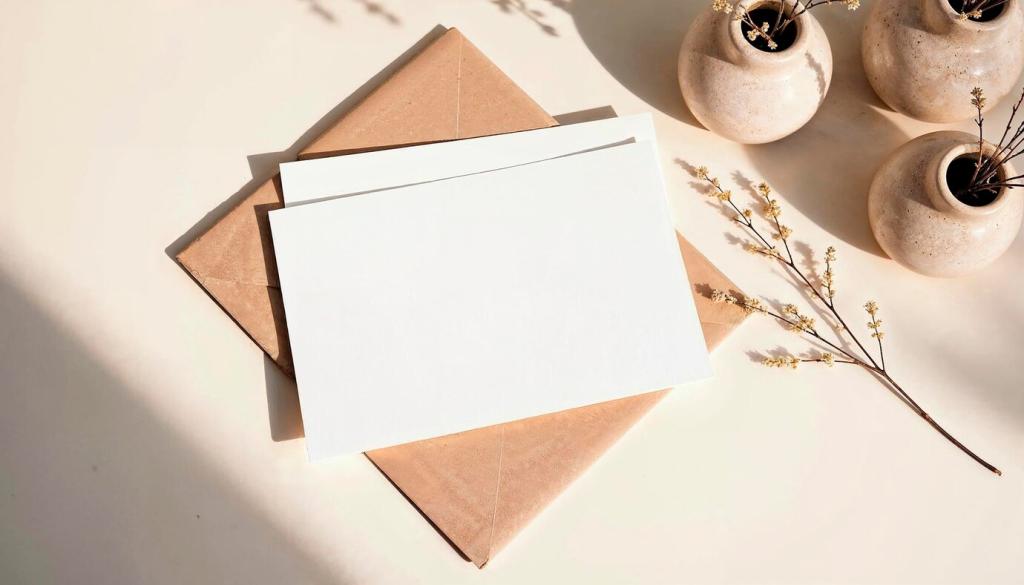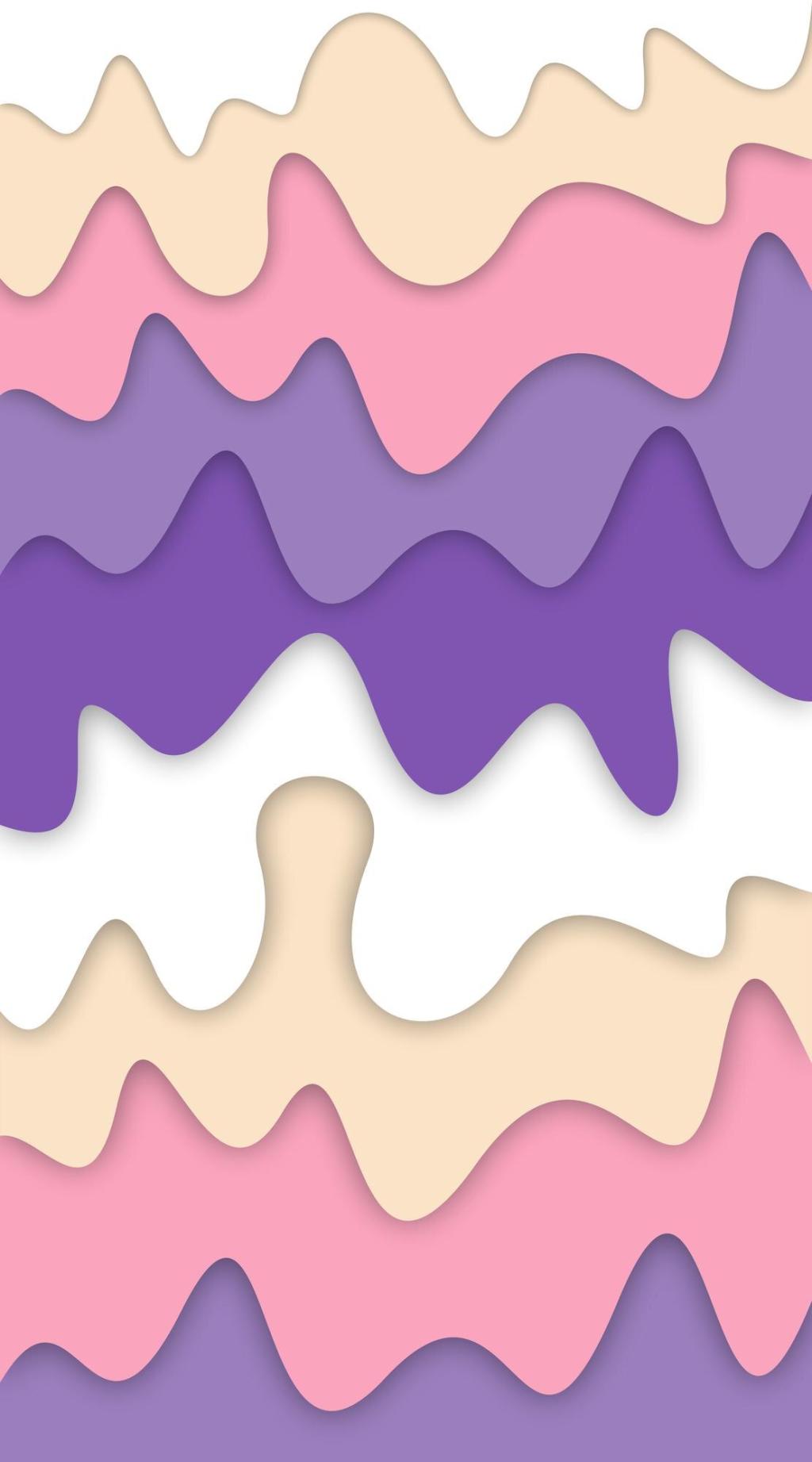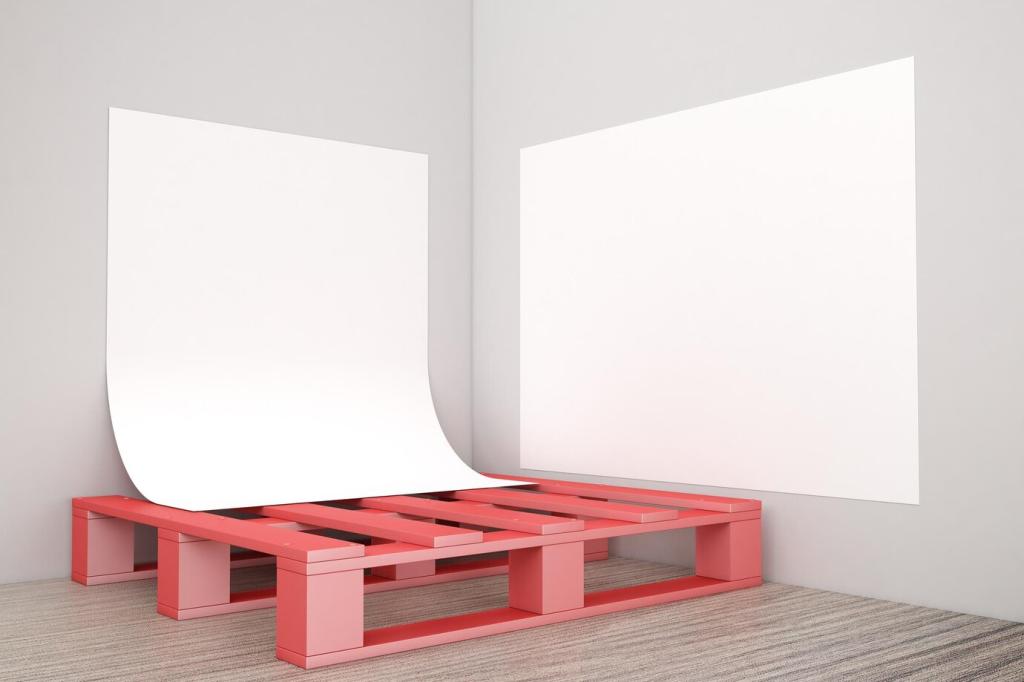How to Look at Minimalist Art
Choose a single piece and set a timer. Notice your first impression, then the changes minute by minute: light shifts, surfaces speak, and your breathing aligns. Share your notes below; your observations may help someone else see more.
How to Look at Minimalist Art
Stand near for surface detail, then step back to gauge proportion. Try a side angle to catch reflections or shadow seams. Record how the room’s light alters perception, proving Minimalism is partly choreography between object, site, and viewer.
How to Look at Minimalist Art
Tell us about a time a simple form surprised you—a bench, a facade, a quiet painting. Comment with a photo or memory, invite a friend to compare impressions, and subscribe for upcoming guided looking exercises and community challenges.

